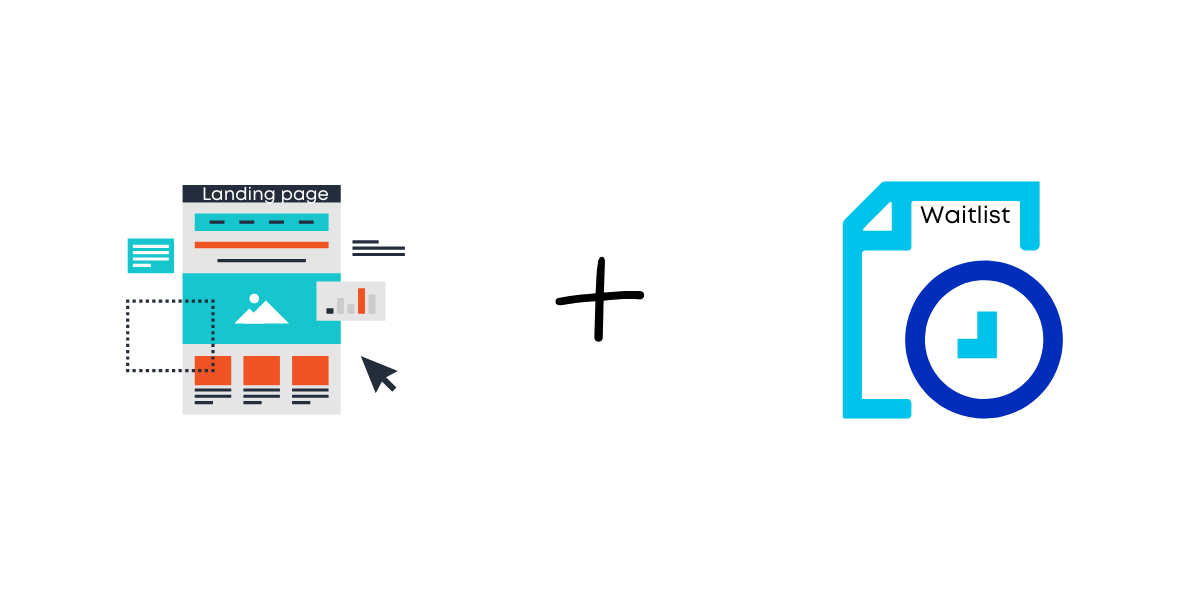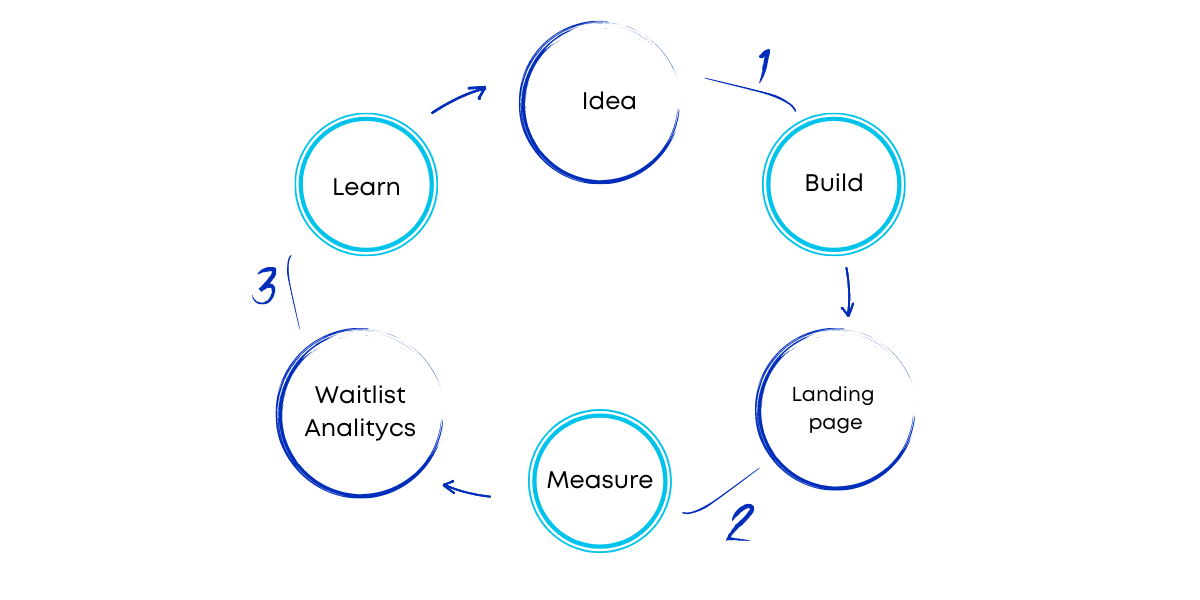Intro
Is an idea good or bad? Not even the most famous investor can say it from day 1. Everyone asks you to validate your saas idea as step -1 in your founding journey.
How can you do this without losing too much time analyzing your competition? Or spending a consistent amount of money in building an MVP? No one will say that validating an idea is a simple task. It is the most important and a difficult step in building a successful startup. Here are the first steps you need to take in your start-up journey.

1. Define the idea and the competition
Get the idea & identify the problem
Start with something that you like and is not far from your daily activities. You don’t need to be an expert in that area, but in time you should become one. Try to solve a problem that you have and you see yourself as a customer. Look around and see if it is a common problem.
To clarify the problem, you can:
- run interviews
- discover search interests using Google Trends, Google Keyword Planner, Ahrefs, or Semrush, and make a list of keywords
- get insights from online communities
- analyze Quora & Reddit related threads
For a successful interview, read “The mom test”. This book helps you to put the right questions and to avoid false positive answers.
Find and analyze the competition
Starting from the interviews and the keywords list, you should have an idea about your competition.
To understand your competitors, do the following:
- put on paper all the solutions they bring to the market and try to find gaps.
- check how they reach their audience. You can read “Traction” to better understand all the marketing channels and see which of them your competitors use.
- look deeply into SEO and use the trial periods of platforms like Ahref or Semrush to see how they built authority.
- follow them on social media, see how often they post, and what questions they receive from the customers.
- use review platforms like Trustpilot, Capterra, and G2 to identify the pain points and see how you can do better.
Having competition means the problem is valid and there is a market for it. This is good news. Now you have to figure out how to differentiate. On the contrary, not finding competition or seeing low search volume for your keywords can be a red flag.
Do your homework and fill the knowledge gaps for yourself
 We are living in a time when being a specialist is the key to success. All corporate jobs require experts and specialists. But when building a start-up, you need to extend your knowledge area. Both technical and marketing skills are essential at the beginning.
We are living in a time when being a specialist is the key to success. All corporate jobs require experts and specialists. But when building a start-up, you need to extend your knowledge area. Both technical and marketing skills are essential at the beginning.
Learn as much as possible from every domain that you interact with. No need to be an expert, but knowing the basics and having a good understanding of concepts make the difference. It not only helps you at this stage but also at the moment when you will need to hire or delegate.
2. Build a landing page, and a waitlist. Get some hype.
Build a simple website to create the hype
Don’t spend a year building a full technical solution. Focus on a good landing page that explains clearly what you plan to do. This is the front door to your business. Make sure it is well done, explicit, and scalable.
Don’t waste too much time on this and try to speed up the development. Getwebstack.com is your best friend! It creates a full-stack project with a landing page and waitlist in a few minutes. Using a serverless architecture cuts infrastructure costs and saves you money and time.
Add a pricing page to be transparent to your potential customers. By doing that, you test the intention to pay and confirm your pricing.
Measure. Measure. And measure. Always have a clear view of what is happening on your webpage. Use Google Analytics to see how many people open your pages and how many of them are converted to subscribe to the waitlist. “Lean analytics” is a book that helps you to understand how to link the data with your next actions.
Promote it
Start with a list of channels (you already have them from your competition analyzes) and measure the success rate of each of them. Focus on channels that can be used in the long term, and try to avoid social media groups where you are not the admin. Try Google Ads or other paid channels to be able to measure the acquisition cost.
A simple website with a good promotion can tell you from the first months if there is an interest in the market or not.
Use your waitlist as a mailing list
Don’t underestimate the power of a mailing list. It contains only the people who are truly interested in your solution. Keep them close and provide curated information without being too intrusive. Keep the interest alive until your full website is ready and give them periodic updates. Don’t be afraid to be sincere. Behind products, we are all humans. Making mistakes is a part of the learning process, as well as recognizing them in front of others.
3. Analyze the result, iterate or pivot if needed
Now you should have a waitlist and it’s time to take a look over the process.

Conversion rate
Divide the number of emails from the waitlist by the number of website visitors. You get the conversion rate. A common conversion rate is between 5% and 15%. A high rate means that you did a good job in presenting your solution and the idea got its validation.
Acquisition cost
Then take a look at how many people you have on the waitlist and divide the promotion cost by this number. That’s the acquisition cost for one user. Is your price higher? If it isn’t, it means that your business will not be profitable, or simply saying, you won’t make money. If you already have a good conversion rate, increasing the price can make it work.
Used free marketing channels? Then you should look at how many of them you can use in the long term. If they will not be able to bring new customers, then it’s better to exclude them.
Take a decision
At this point, you have a clear view of the success of your idea. If your acquisition cost is too high or the conversion rate too slow, don’t be disappointed and change the plan! Don’t be afraid to pivot and solve another problem or to try a new solution for the same issue.
Don’t start from the beginning, iterate.
